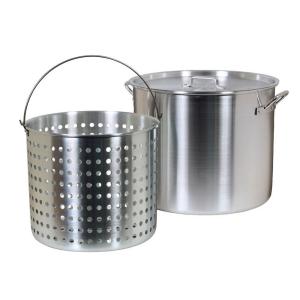That's fine and I respect that.
I'll just say this. If you do an MLT brew with a single-batch sparge, essentially you have the grain sit in the mash tun and then have it sit in sparge water briefly before draining. If you do a BiaB brew with a single sparge, that series of steps is precisely identical-the only difference is that you move the grain instead of moving the water. But otherwise, you're really just doing the same process, and the only difference is that with BiaB you can do a very fine (or double) crush. So, notionally, it seems pretty obvious that a BiaB with sparge should be able to be more efficient than triple-vessel with single batch sparge. That agrees with my experience.
Now, a fly sparge is another issue. I could easily see that being more efficient. And there are a whole lot of other reasons (not related to efficiency) that a 3-vessel setup could be better for certain brews--a big enough grain bill that the bag won't hold it, a bigger batch (most 10+ gallon brews), step/decoction mashes unless you have a setup modified for them, etc.
But just saying "because you move the grain instead of moving the water, you can't have good efficiency" strikes me as the sort of thinking that's worth reexamining--especially since my experience is that it's untrue for me.
And that's coming from someone who still uses a 3-vessel setup for a lot of brews. Both systems have their place. But BiaB is not inferior, not impossible to get consistent efficiency with, and not something that's doomed to low efficiencies. It's also not a panacea. Use the right tool for the job!



